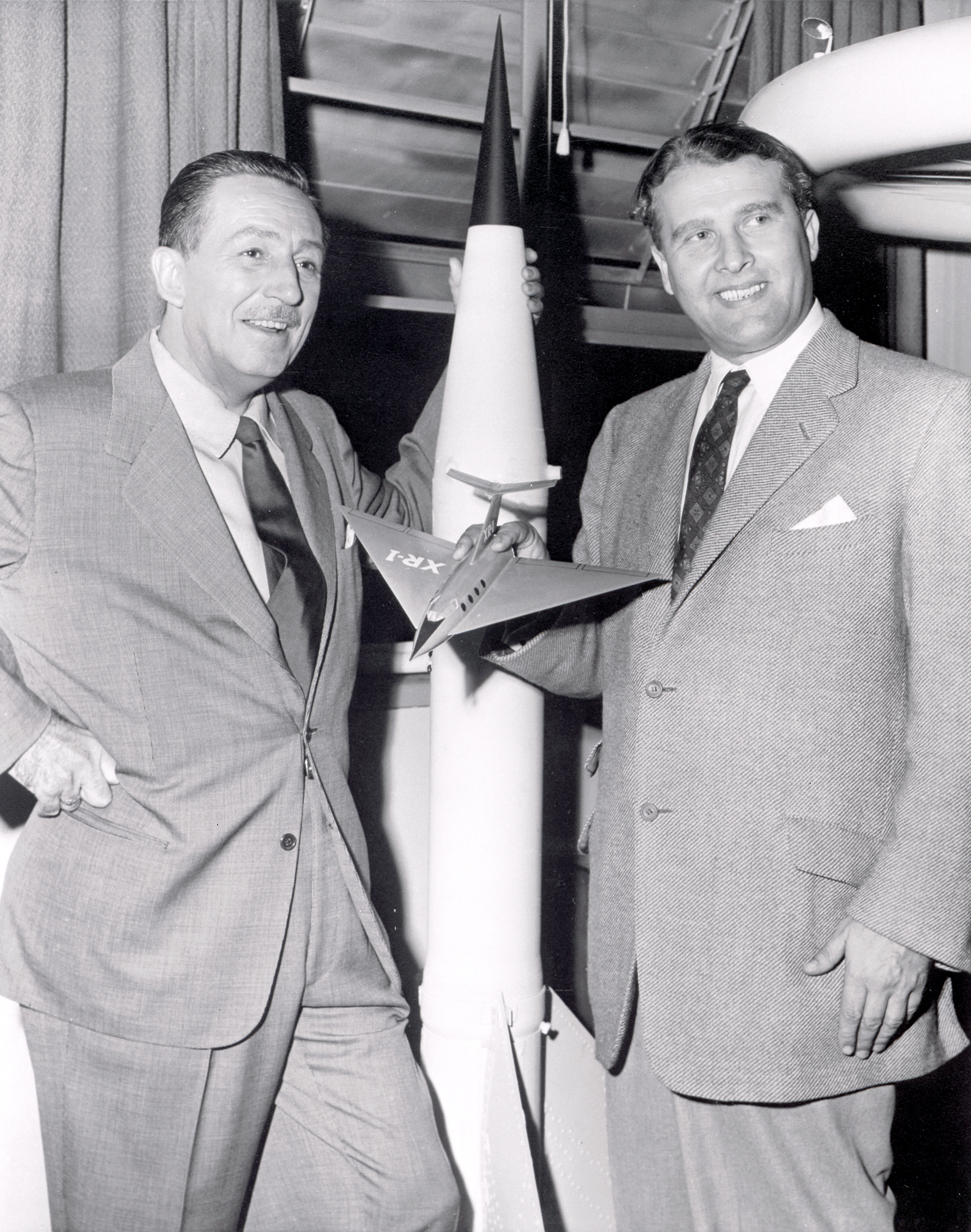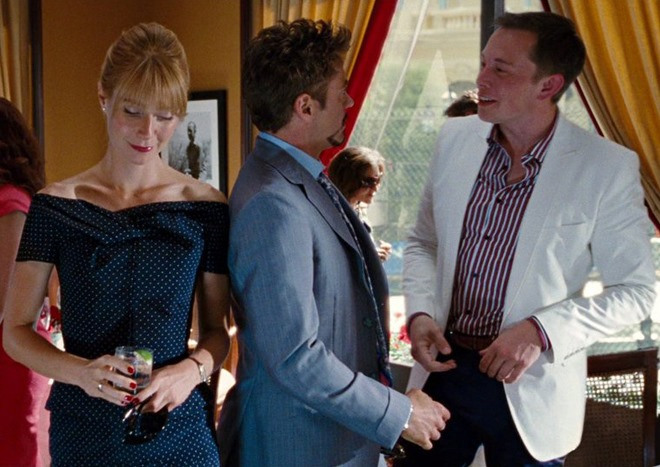A few years back, I blogged about how the dream factory in California had migrated North, shifting from Hollywood to Silicon Valley. While Jules Verne’s visions required more than a century to be born, The Truman Show needed only a decade, and Her essentially came into the world already talking.
Science fiction is no longer the starting gun for the future but is regularly lapped by it. It’s not only because Moore’s Law has speeded up research while culture still slowly gestates but because of the great wealth concentrated in the technology sector and the game-changing ambitions of those who possess it. They’re largely more concerned with legacy than bank ledgers, and ego is a powerful tool if harnessed correctly. Whether this new normal leads us to a better tomorrow is TBD.
In “The Future Is Almost Now,” Elizabeth Alsop writes wisely of this altered reality and more. An excerpt:
Many new works of science fiction seem to represent a strain of pre-apocalyptic cinema, characterized by a willingness to dramatize disasters that are less hypothetical than poised to happen. Both Ex Machina and Her, for instance, unfold against backdrops whose production design suggests that viewers are witnessing only a lightly futurized version of 21st-century life. However technically fictional the gadgets on display, the advances the films imagine—an artificially intelligent OS, a Turing-test approved robot—strike audiences as not just possible, but highly probable. As Ex Machina’s partly mad scientist declares, “[t]he arrival of strong AI has been inevitable for decades. The variable was when, not if.” Spike Jonze’s Her similarly takes its paradigm shift—humans falling in love with machines—for granted. Unlike The Terminator and Matrix franchises, these films don’t predict an apocalyptic “rise” of machines so much as a gradual digital takeover, the next phase of a revolution already in progress.
As such, the worlds of newer sci-fi films can look and feel eerily familiar. The opening shots of Interstellar, which feature hardscrabble towns and actual Depression-era footage, initially lead viewers to suspect they’re witnessing, if anything, the recent past. As the critic A.O. Scott noted in The New York Times,“[the director Christopher] Nolan … drops us quietly into what looks like a fairly ordinary reality.” Or as NPR’s Amanda Fiegl put it, “it’s science fiction with an uncomfortable ring of truth.” It’s possible that such realistic settings—also seen in Ex Machina and Her—are meant to serve moralizing ends, reminding audiences that dystopia is nigh.•
Tags: Elizabeth Alsop


